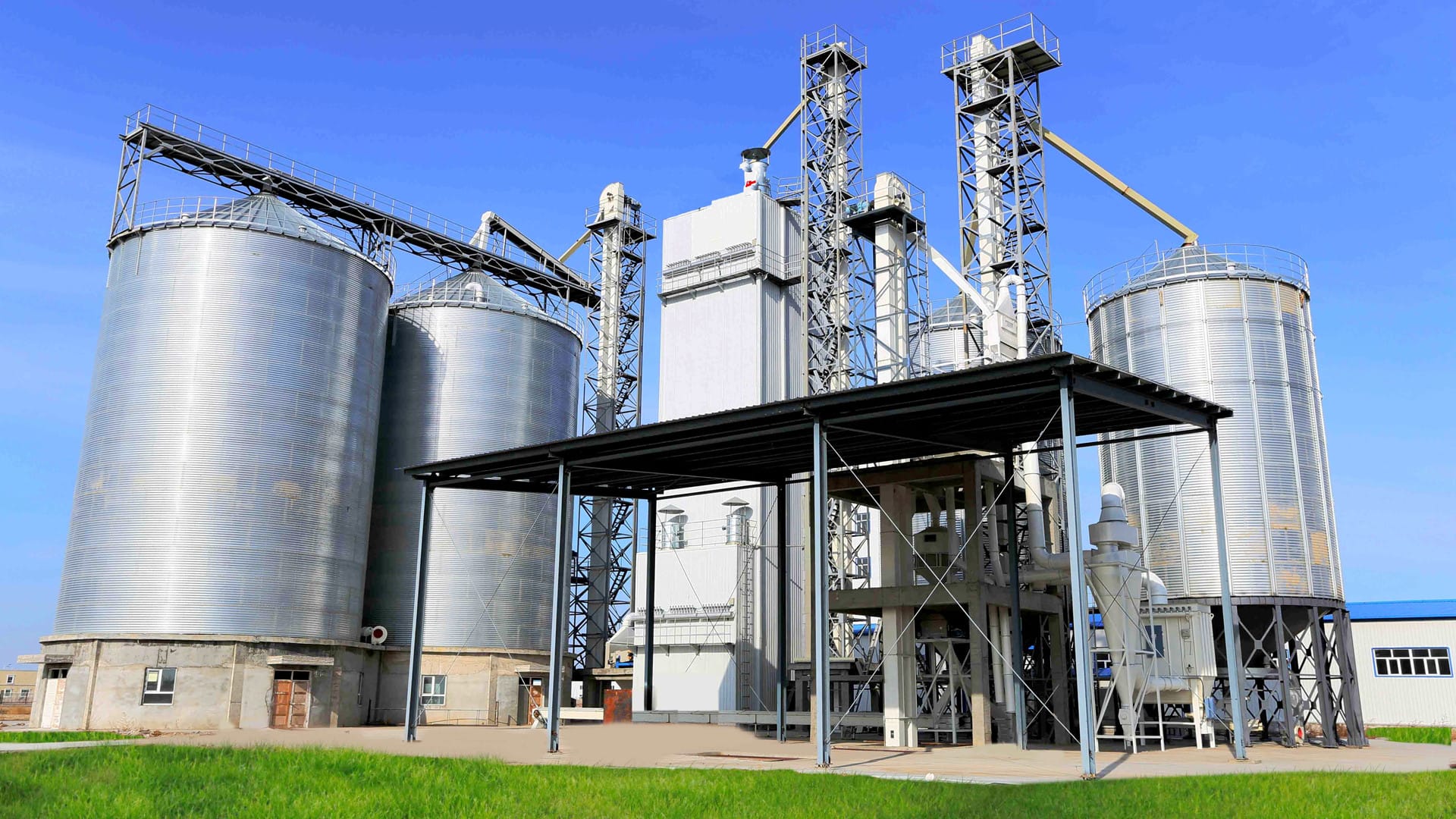
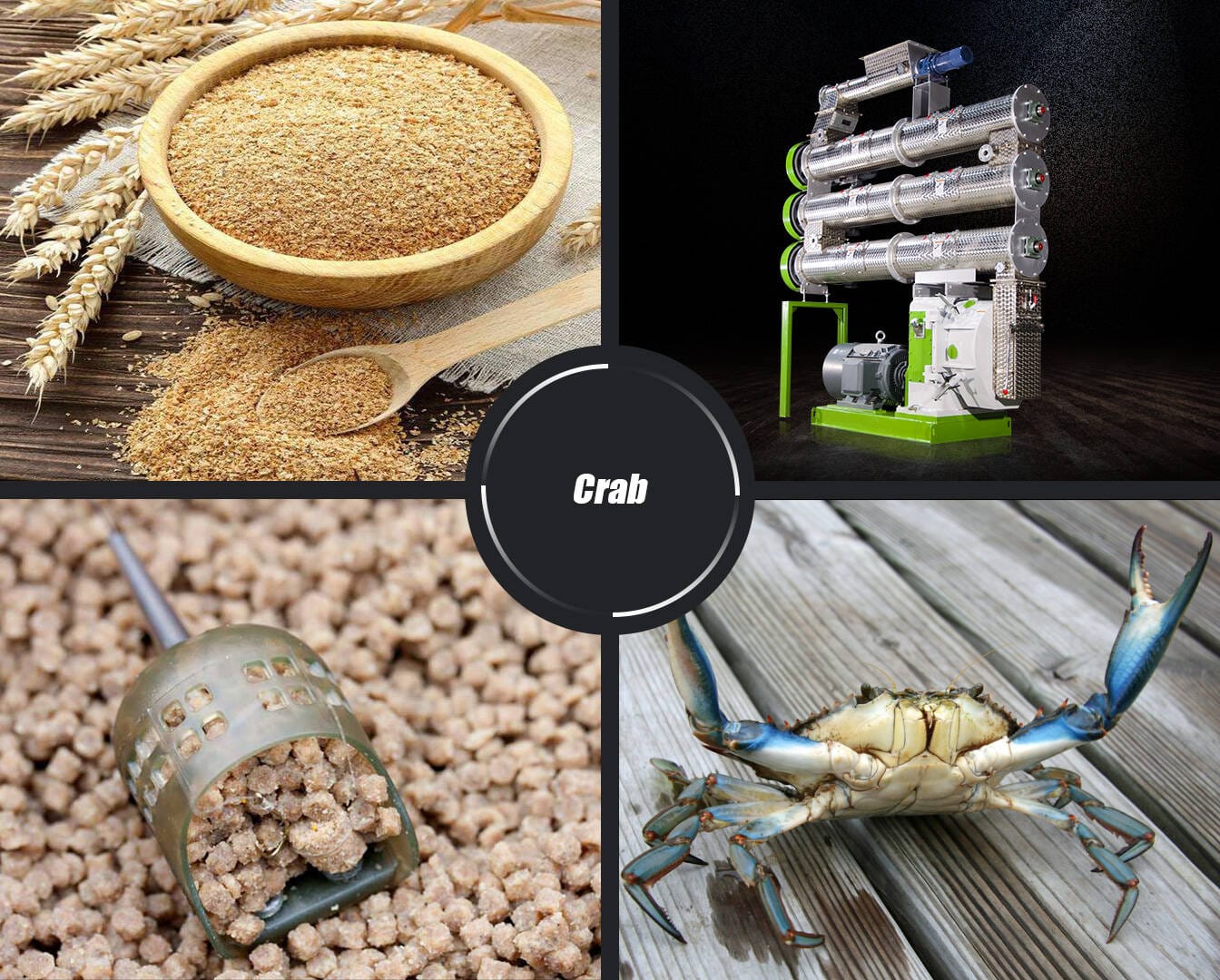
RICHI has engaged in aquatic feed making machine for 25 years and thus has rich experience on feed machinery after repeated attempts and trials.Nowadays we serves the aquaculture industry with high-quality, robust equipment for fine-grinding and pelleting
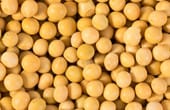
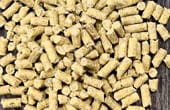
Our solutions come in a modular design so you can customize them to match your production process. At RICHI we focus on solutions that pay off, whether it's supplying the smallest spare part or serving as a long term partner. Complete Crab Feed Pellet Production Line includes the following equipments, from the storage of raw materials to the packaging of the final pellets. Each section has professional equipment to work. Of course, according to the different needs, it may be the particularity of the raw materials or the limitations of the site. Our engineers will redesign the process, and the equipment used will be increased or decreased. Click each module below, you will see the specific equipment information.
1
Lump raw materials must be crushed before they can be batched. After the raw materials enter the cleaning screen, the impurities in the raw materials are separated, and then the iron filings are removed by the magnetic separator. It is very important to remove impurities and iron. It can not only ensure the quality of crab feed, but also protect the equipment and extend the life of the equipment.
2
Primary coarse crushing is the pretreatment process of ultra-fine crushing in aquatic crab feed processing. The main purpose is to reduce the particle size difference and variation range of the material, improve the working condition of the ultra-fine pulverizer, improve the working efficiency of the ultra-fine crusher, and ensure the stable quality.
3
This dosing system is designed according to different crab feed formula, is accurate weighing process of different raw materials by using specific device. The mixing system is mixing various materials under the action of external force, after various materials are metered. It is an operation that makes the raw materials distribute evenly.After the dosing and weighing process are finished, the raw materials enter the mixer for mixing, and finally the raw materials are output by conveyor and elevator.
4
Due to the low food intake of crab, short digestive tract, and poor digestive capacity, a secondary crushing process must be used.For crab pellet feed, the particle size of raw materials is required to reach 80-100 mesh. In this way, the quality of feed can be improved, the digestibility of shrimp feed is enhanced, and the absorption effect is good; at the same time, the particles are fine, the ability to absorb water is enhanced, the adhesion is good, and it is easy to condition and granulate.
5
The ultra-finely crushed materials are separated by pneumatic conveying materials, so they must be mixed again before conditioning and granulation. The trace component or liquid component is added during the second mixing, so that the material has good processing performance, so that the product quality is good. The CV value of the material mixing uniformity before granulation is less than 7%, preferably 5%.
6
At present, the main equipment used for this section is crab feed pellet mill,or crab feed extruder.In the extruding process, the materials are cooked under high temperature, high humidity, and high pressure for a period of time, and starch gelatinization and protein denaturation occur. The water in the feed is converted from liquid to gaseous state, and is emitted from the feed to cause the material to expand, thereby forming extruded pellet feed.With strong conditioning and appropriate crab feed formula, the requirements of this stage can also be achieved by using crab feed pellet milling machine.In the pelleting section,due to the higher requirements for starch gelatinization and water resistance of crab , it is necessary to increase the post-curing process after granulation, so that the pellet feed can be further thermally and fully cooked, which can avoid external cooked endogenous phenomena and greatly increase feed utilization rate and feed water stability.
7
After extruding or pelleting, the crab feed pellets (moisture in 25% ~ 30%) are formed. In order to reduce the pellet breakage, it is advisable to use pneumatic conveying to dry the material from the extruder through the flow tube to the dryer, so as to reduce the moisture of the material to about 13%.
8
After making crab feed pellets of a certain size, it is crushed into a qualified product with a crumbler according to the granularity of the crab feed.The screen section is mainly to screen the shrimp feed of the required pellet size. The selection of the screen can be determined according to needs. The rubber ball in the screen is best to use products with good elasticity and wear resistance, in order to improve its screening ability and service life.
9
After the material is dried, it enters the coating system. The feed coats the surface of the crab pellet feed with grease, vitamins, flavoring agents, etc., which not only meets the energy requirements of fish, but also reduces the loss of heat-sensitive substances during processing. And it can improve the palatability of the crab feed and reduce the powder content.
10
A large amount of cold air takes away the heat and some moisture of the crab feed. In addition, the cooling should not be too rapid, which can prevent the surface of the bait from being rapidly dehydrated before the internal surface is dehydrated and causing fine cracks on the surface of the particles. The water content of the crab feed pellets after cooling should be less than 12%.
11
According to the weighing in the packaging operation, the automation degree of the filling and packaging, it can be divided into three types: manual bagging, semi-automatic bagging and fully automatic bagging. The selection of the bagging type can be determined according to the customers' requirements, the size of the crab feed mill plant and the size of the investment.
RICHI can provide the complete turnkey project feed pellet production line, from design to install . Whether you want to produce chicken feed, cow feed or pig feed, the capacity is 1-100TPH can be choose. The main machine is feed hammer mill, feed mixer, feed pellet machine , cooling machine ,rotary sereener and others . Looking forward to your consultation !
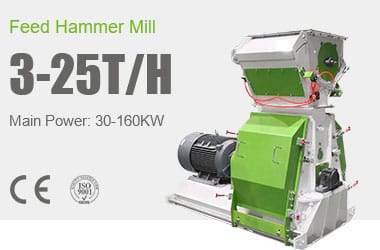
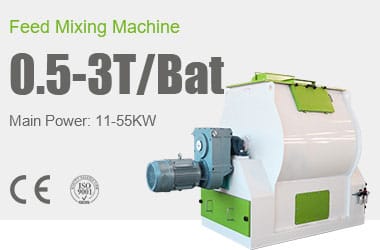
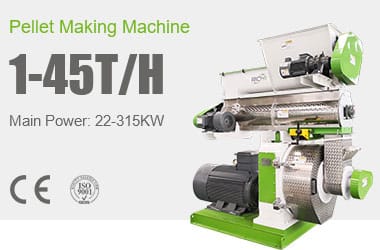
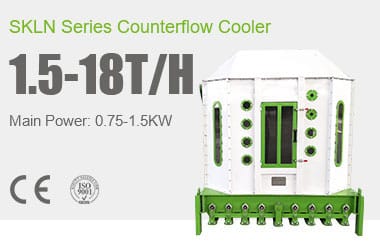
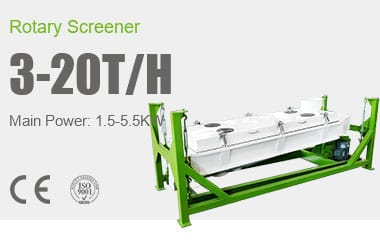
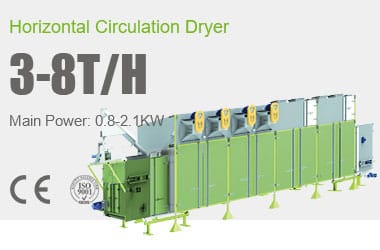
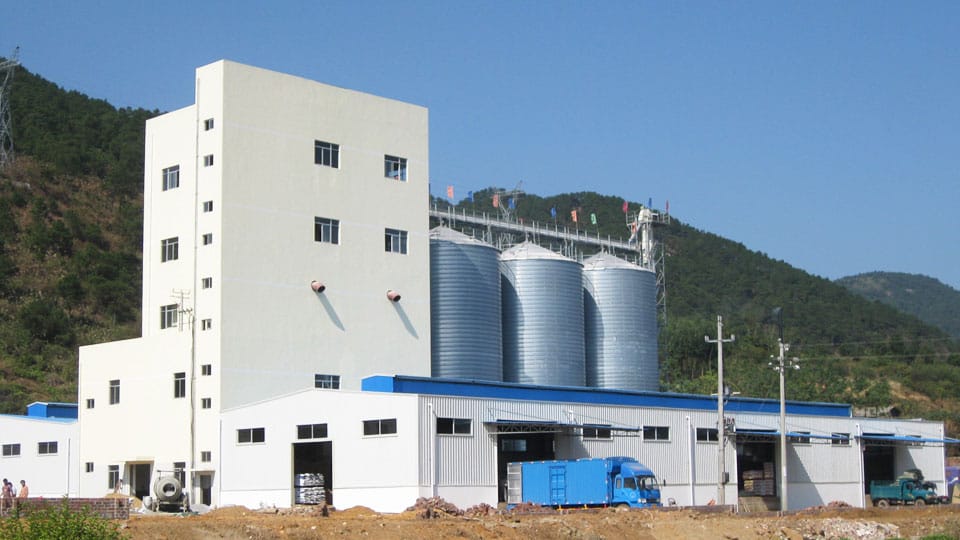
Name: The
10T/H Automatic Chicken Feed Pellet Line
Country: Uzbekistan
Pellet Size:2-4mm
Main Material: Corn, wheat, Soybean Meal, and other Grain
Total Power:358KW
Main Machines: 1.Feed Hammer Mill*110kw;2. Batching Scale *1000kg/batch 3.Feed
Mixer*1000kg/batch ;4.Chicken Feed Pellet Machine*110KW;5.Cooling Machine*SKLN20*20;
6.Crumbler Machine*SSLG15*150 ;7. Vibrating Sereen ;8. Packing System and other auxiliary
equipment.
The field trial operation proves that the actual measured output of RICHI's 10t chicken feed pellet line is up to 13 tons, the operating current only accounts for 85% of the rated current of the motor, and each ton of feed can be 20kW•h less than the industry average power consumption. The output is calculated on the average yield of 11t/h (the initial design capacity is 10-12 tons), set to produce 8 months a year, 30 days per month, and 10 hours per day.Compared with common chicken feed pellet line of the same grade in the industry,this line can save 288,000 kWh of electricity,one yuan per kwh can ultimately save customers 28.8 million (calculated in RMB).
Send Inquiry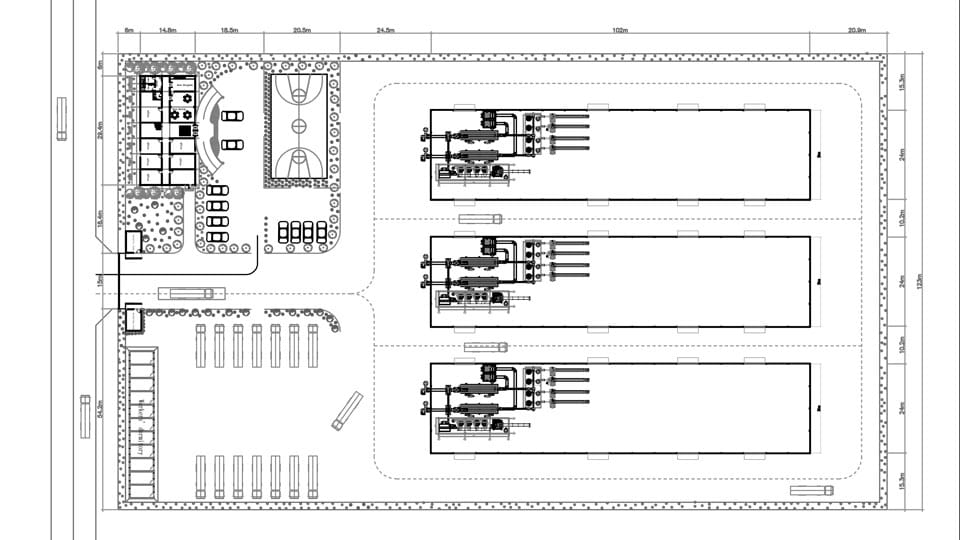
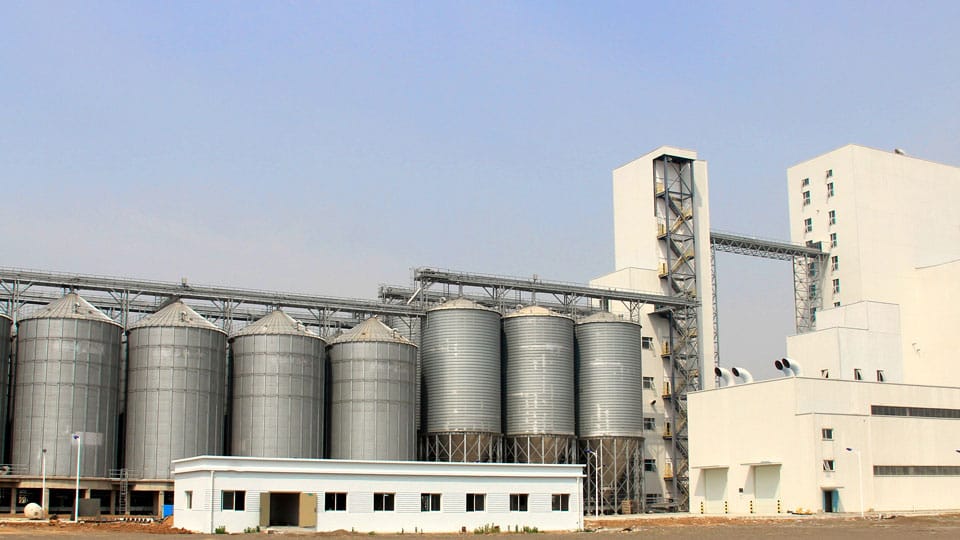
Name: 10T/H
Cattle Feed Pellet Production Line
Country: South Africa
Pellet Size:1-12mm
Main Material: corn, soybean meal, 50% grass and other grain
Total Power:335KW
Main Machines: Feed Hammer Mill*110KW, Feed Mixer*1000KG/BATCH, Batching
Scale*1000KG/BATCH, Feed Pellet Machine*110KW,Pellet Cooling Machine*SKLH20*20, Crumbler
Machine*SSLG15*150, Screen Machine, Automatic Packing Machine, Coal-fired Boiler*0.7MPA,
etc.
This project is currently the most advanced ruminant feed production line in the customer's local area. The project is fully computer-controlled and replaces the customer's previous manual packaging, manual handling, manual baching, and manual operations, allowing customers to experience the efficiency, energy saving, and safety of automated feed production. At the same time, the project uses a first-class process plan, the rumination process uses the most advanced production equipment in South Africa, which greatly improves the production efficiency of customers and creates economic value for customers.
Send Inquiry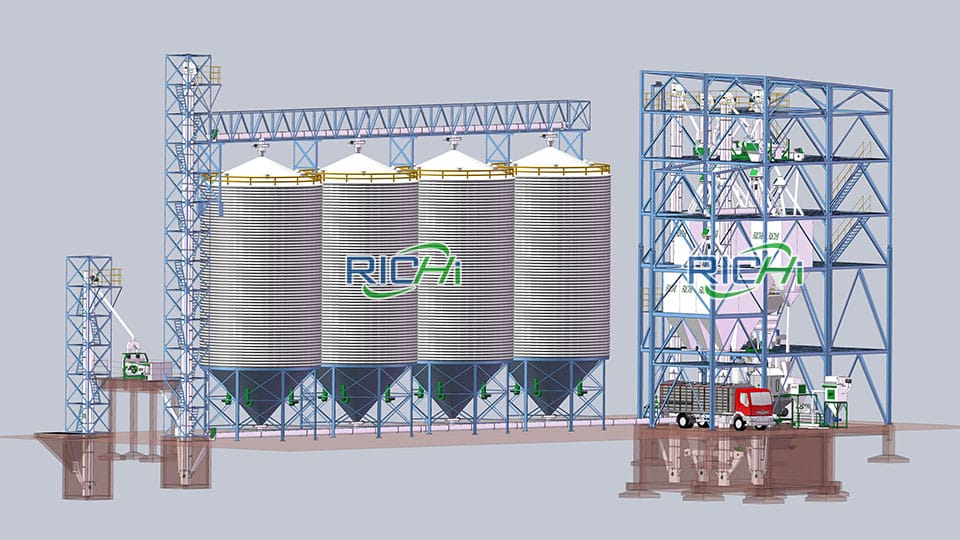
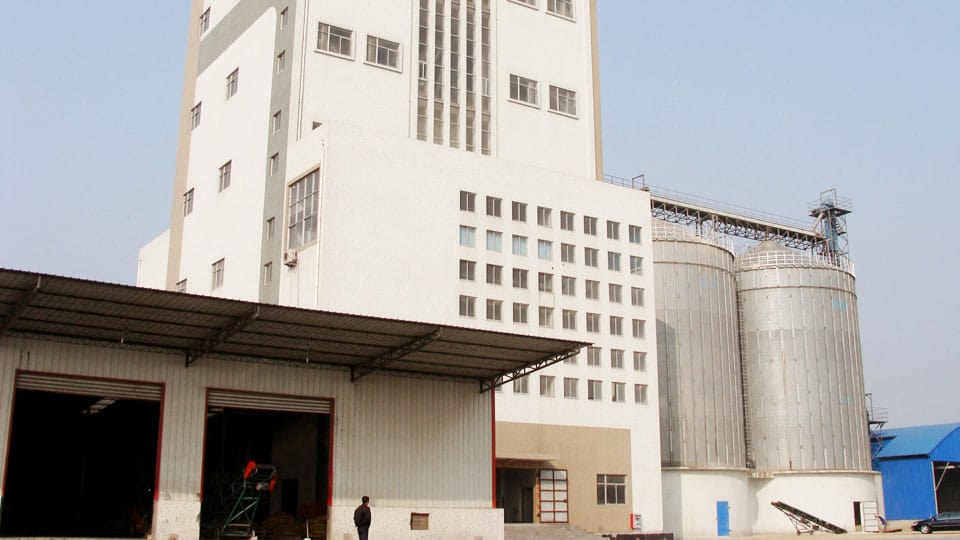
Name: 5T/H Extruded Shrimp Feed Pellet Production Line in Henan
Country: China
Pellet Size:0.6-4mm
Main Material: fishmeal,homemade fishmeal, alcohol master batch, soybean phosphatide,
soybean meal, peanut meal, etc
Total Power:235KW
Main Machines: Fish Feed Grinder, Feed Ultra-fine Pulverizer, Feed Mixing Machine,
Pellet Crumbler, Automatic Batching System, Fish Feed Extruder Machine, Feed Pellet Cooler,
Screen Machine, Automatic Packing Machine, Natural Gas Boiler, etc.
The extruded aquatic project is the largest local aquatic project of the client. Its successful operation not only brings great changes to local farmers, but also lays a stable foundation for the long-term development of RICHI. The use of differentiated process equipment for this expanded aquatic project will greatly improve feed quality and profitability; at the same time, the introduction of automation and intelligent equipment will also greatly reduce labor costs, help customers improve efficiency, and reduce feed plant operating costs . During the construction process, not only advanced technology is introduced into the local area, but also resource and energy utilization are considered, so that the project saves electricity and steam.
Send Inquiry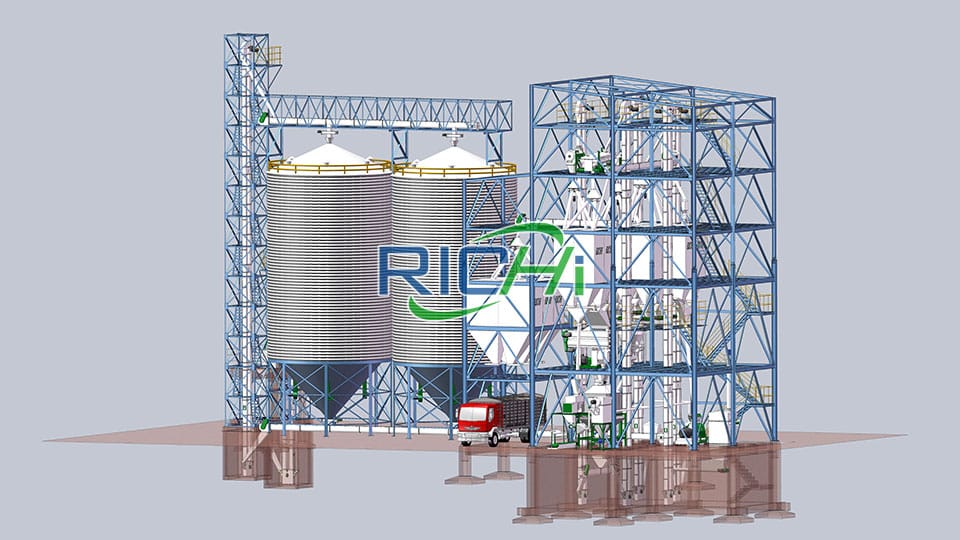

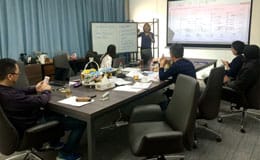
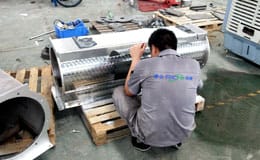
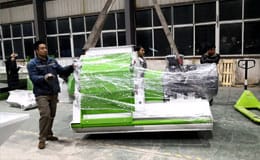
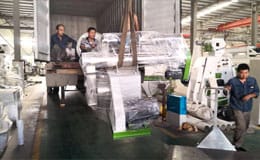
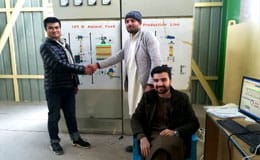

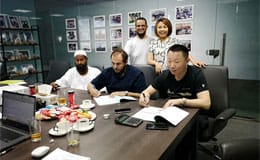
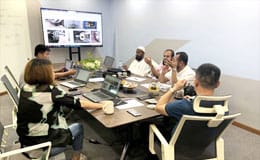
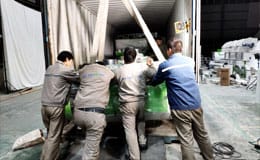
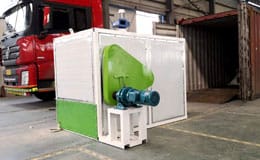

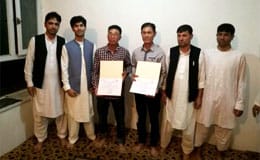

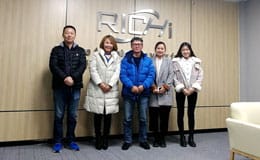
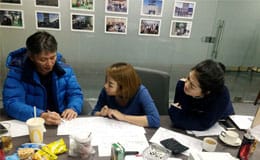
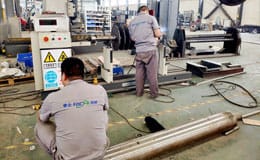

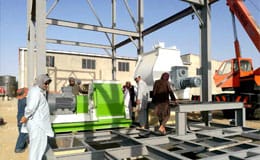
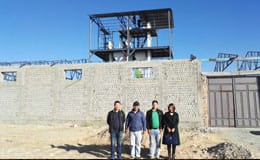

Fishmeal 20%
Fermented blood meal
Bean cake 22%
Cotton kernel cake 15%
Secondary powder 11%
Corn flour 9.6%
Bone meal 3%
......
Please send your requirements, RICHI's consultants will get back to you quickly.
Please specify your requirement by referring to the following aspects,RICHI's consultants will get back to you quickly :